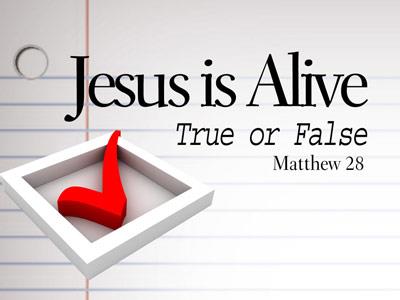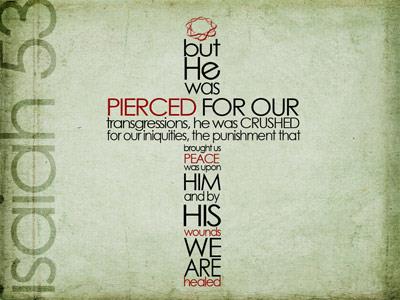-
Lesson 5: What We Believe About Christ
Contributed by Elmer Towns on Nov 28, 2017 (message contributor)
Summary: Series: Foundational Doctrines of the Faith
A. THE INCARNATION – HIS MIRACULOUS BIRTH.
1. Incarnation. "And the Word was made flesh and dwelt among us" (John 1:14).
a. Implies a preexistence of Christ.
b. Suggests some voluntary limitations.
2. The incarnation explains why Jesus was necessarily born of a virgin (Isa. 7:14).
3. Christophanies preincarnate appearances of Christ.
4. Kenosis is a Greek word which means "emptied" (Phil. 2:7). The King James uses the phrase, "made Himself of no reputation."
a. Veiling His glory.
b. Accepting the limitations of being human.
c. Voluntarily giving up the independent use of His relative attributes.
5. Why Christ set aside His eternal glory.
a. An act of love (John 15:13).
b. So He could reveal His Father to us (John 1:14, 18; 14:7-11).
c. The only way He could provide salvation (Rom. 5:12-21).
d. He humbled Himself as an example (Phil. 2:5).
B. THE NATURE OF CHRIST. THE GOD-MAN.
1. The human nature of His mother and the divine nature of His Father.
2. He did not inherit a sin nature.
3. Christ knew no sin (II Cor. 5:21), was without sin (Heb. 4:15), did no sin (I Peter 2:22), and there was no sin found in Him (I John 3:5).
4. Jesus was both completely human and completely divine.
5. This union of natures was complete not partial.
6. This union of natures was permanent.
7. This union of natures has continued beyond the resurrection of Christ.
C. THE DEATH OF CHRIST.
1. Christ’s death was a substitute for Christians (John 10:11).
2. Christ’s death was redemptive "to purchase."
3. Christ’s death appeased or satisfied God, i.e., propitiation (Rom. 3:25; I John 4:10).
4. Christ’s death reconciled the world to God (II Cor. 5:19).
D. THE RESURRECTION OF CHRIST.
1. The resurrection of Jesus Christ was more than reviving a physical body.
a. His resurrection involved renewing life.
b. His resurrection involved the reunion of the body and spirit.
c. His resurrection subjected the power of death (I Cor. 15:54-55).
d. His resurrection returned Him to the glory, which was rightfully His (Heb. 7:24).
e. His resurrection is the basis upon which He grants spiritual life to believers (Rom. 6:4).
f. Jesus was resurrected to receive a glorified body (I Cor. 15:42-44).
E. THE ASCENSION OF CHRIST.
1. Marked the end of His self-limitations.
2. Allowed His glorification (Heb. 12:22).
3. Allowed His exaltation (Acts 2:36).
4. Marked the entrance of humanity into heaven (Heb. 7:24).
5. Marked the beginning of His new ministry as our advocate (I John 2:2), and intercessor (Heb. 7:25).
F. THE PRESENT MINISTRY OF CHRIST.
1. Today, Jesus continues His ministry to us as our intercessor and our advocate.
G. CHRIST AND THE CHRISTIAN LIFE.
1. The indwelling presence of Jesus in the believer is the basis for a victorious Christian life and effective ministry.
2. Living for and serving Christ is not so much what we do for Him, but rather what we allow Him to do through us.
If you have never really accepted Jesus as your personal Savior, would you do it right now? Do not delay or put it off. If you would like to receive Christ by faith, pray this simple prayer in your heart:
Dear Lord, I acknowledge that I am a sinner. I believe Jesus died for my sins on the cross, and rose again the third day. I repent of my sins. By faith I receive the Lord Jesus as my Savior. You promised to save me, and I believe You, because You are God and cannot lie. I believe right now that the Lord Jesus is my personal Savior, and that all my sins are forgiven through His precious blood. I thank You, dear Lord, for saving me. In Jesus’ name, Amen.
If you prayed that prayer, God heard you and saved you. I personally want to welcome you to the family of God. Please contact me at eltowns@liberty.edu and tell us about your salvation experience so that we can rejoice with you.

 Sermon Central
Sermon Central



